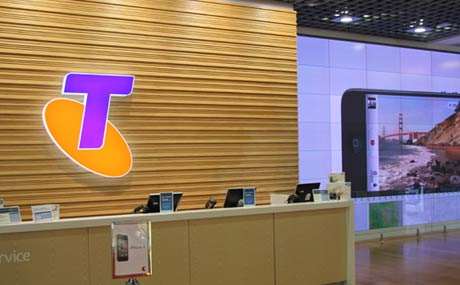Telstra has revealed it will spend about $1 billion on sweeping digitisation plans announced in August.
The telco’s group executive for technology, innovation and strategy Stephen Elop told an investor day this week that digitisation “is a critical enabler for the transformation today of companies all around the world”.
“We have for a number of years been on the digitisation journey,” Elop said.
“You see this on our website and in our 24x7 app, so you see a number of those traditional digitisation steps already taking place.
“But there’s a fundamental new opportunity right now with the shift in network architectures to take digitisation to a whole new level that is advantageous to our customers and to Telstra.”
Elop saw three factors driving the strategic investment in digitisation generally out in the market.
“The first is because our customers – and everybody’s customers – are increasingly demanding an improved digital experience,” he said.
“The second critical reason that companies are pursuing digitisation is the obvious benefits internally in terms of what’s going on behind the curtain – how well is data moving, how effective are processes, how can we take cost out of the organisation in order to support that great customer experience?
“But the third reason I actually think is the most important. One of the critical reasons companies are pursuing digitisation with such energy is because they want to get their hands on the information, the data, the analytics, the insight that’s available if they have complete command and control of everything that’s going on about their customers, products, services, the market and everything else.”
These factors are reflected in the ramp-up of Telstra’s digitisation drive, which will occur over the next three years.
The telco said it hoped to use digitisation to improve the customer experience by enabling “straight-through” processing, where transactions require minimal manual or system-based “touches” in order to be completed.
“One of the challenges we have faced within Telstra – and many companies around the world face – is that even though you may have that beautiful digital front-end on a website or in an application, just behind the curtain, old systems, manual hand-offs, all sorts of things are happening in order to ultimately deliver the service,” Elop said.
“The challenge with every hand-off and system in the way is increased opportunity for error or for services to not be delivered effectively.
“Through digitisation we’re focused on eliminating as many hand-offs as we possibly can, consolidating systems and increasing the rate at which things happen straight-through.”
Elop said that Telstra also hoped to use digitisation to “drive value and growth from the core”, supporting new avenues for revenue and the creation of new capabilities that allow it to “extend its share of wallet with the customer”.
In addition, the telco said it wanted to use digitisation to enable “growth in adjacencies and new business opportunities.”










